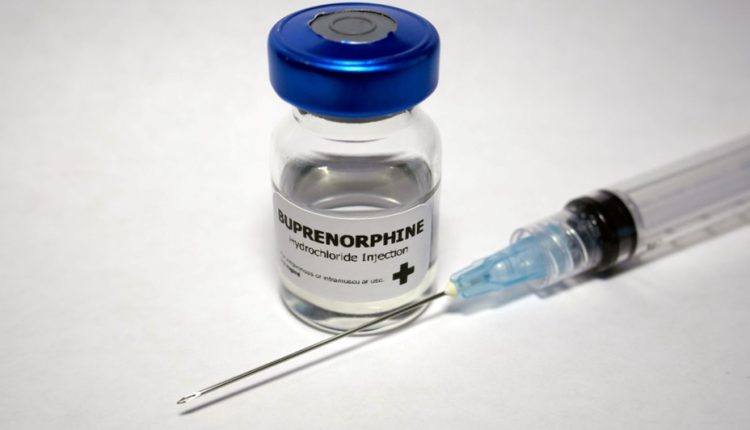Understanding The Effects of Mixing Buprenorphine and Alcohol
Substance abuse disorder is a growing concern worldwide, and the search for effective treatment options remains crucial. Among the available treatments, buprenorphine has been a game-changer for many individuals struggling with opioid addiction. But what happens when buprenorphine is mixed with alcohol? In this article, we will discuss the potential risks and consequences of this dangerous combination.
Understanding Buprenorphine and Its Uses
Buprenorphine is a medication used to treat opioid addiction. It works by binding to the same receptors in the brain that opioids like heroin and prescription painkillers do but with less intensity. This property helps to reduce cravings and withdrawal symptoms without producing the same level of euphoria or adverse effects associated with opioids.
While buprenorphine shares some similarities with methadone, it is not the same medication. You can learn more about the differences between the two in this informative post. It will help you make a more informed decision about your treatment options.
Dangers of Mixing Buprenorphine and Alcohol
When it comes to treating addiction, it is important to take medicine correctly. Mixing buprenorphine with alcohol can be extremely dangerous and even life-threatening. Here are some of the risks associated with mixing these substances:
Increased Drowsiness and Dizziness
Both buprenorphine and alcohol can cause drowsiness and dizziness on their own. When combined, these effects can be intensified, leading to a higher risk of accidents and injuries.
Impaired Cognitive Functioning
Mixing buprenorphine and alcohol can significantly impair cognitive functioning. This could result in poor decision-making, an inability to think clearly, and potentially placing oneself in dangerous situations.
Respiratory Depression
Combining buprenorphine and alcohol can depress the central nervous system, which may result in slowed or irregular breathing. In severe cases, this could lead to respiratory failure, coma, or even death.
Increased Risk of Overdose
The risk of overdose is increased when buprenorphine and alcohol are combined. This is because alcohol can enhance the sedating effects of buprenorphine, potentially leading to a lethal overdose.
Potential for Relapse
For individuals in recovery from opioid addiction, mixing buprenorphine and alcohol may increase the chances of relapse. This is because alcohol can impair judgment, making it more difficult to resist cravings or stay committed to the recovery process.
Taking Steps to Ensure Safe Buprenorphine Use
When using buprenorphine for opioid addiction treatment, it is essential to follow medical advice and guidelines strictly. Here are some steps that can help ensure the safe use of buprenorphine:
- Inform your healthcare provider of any alcohol or drug use.
- Follow the prescribed dosage and do not self-medicate.
- Attend regular medical appointments to monitor your progress.
- Participate in therapy or counseling sessions to address underlying psychological issues related to addiction.
- Seek support from friends, family, or support groups during the recovery process.
To learn more about buprenorphine’s role in addiction treatment and hear from experts in the field, you can listen to a buprenorphine podcast. These podcasts can provide valuable insights into this powerful medication and its uses.
To Wrap Up
Mixing buprenorphine and alcohol can be extremely dangerous and even deadly. It is important to understand the risks associated with this potentially lethal combination and take steps to ensure safe use of buprenorphine. If you or someone you know is struggling with addiction, seek professional help right away. With proper treatment, recovery is possible. Thank you for reading!


Comments are closed.